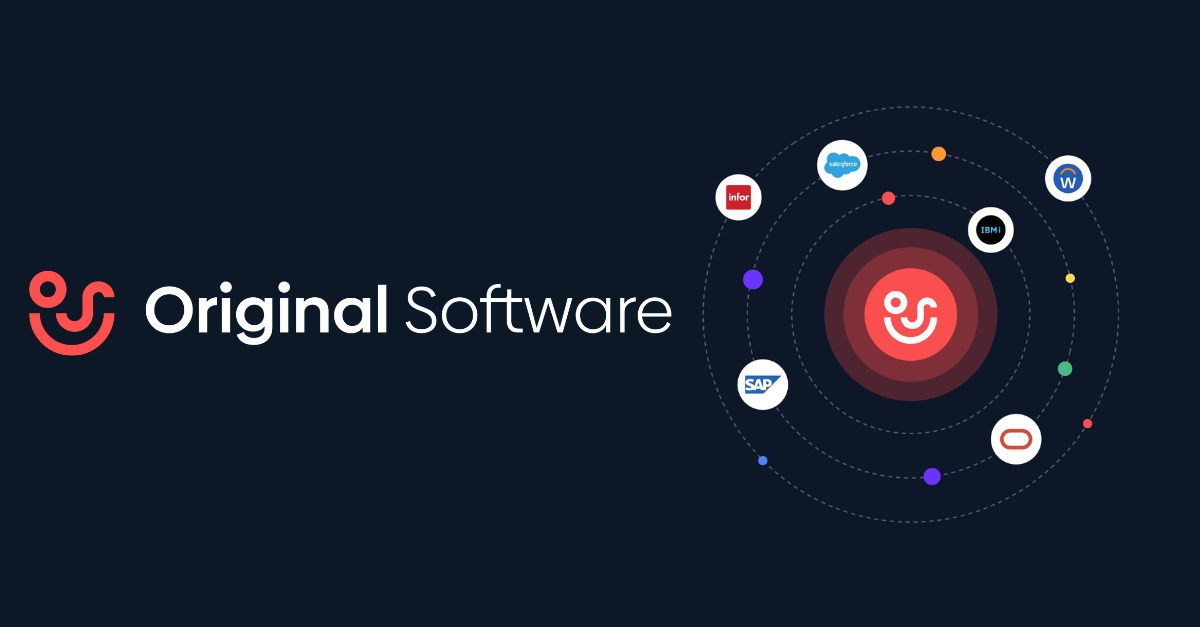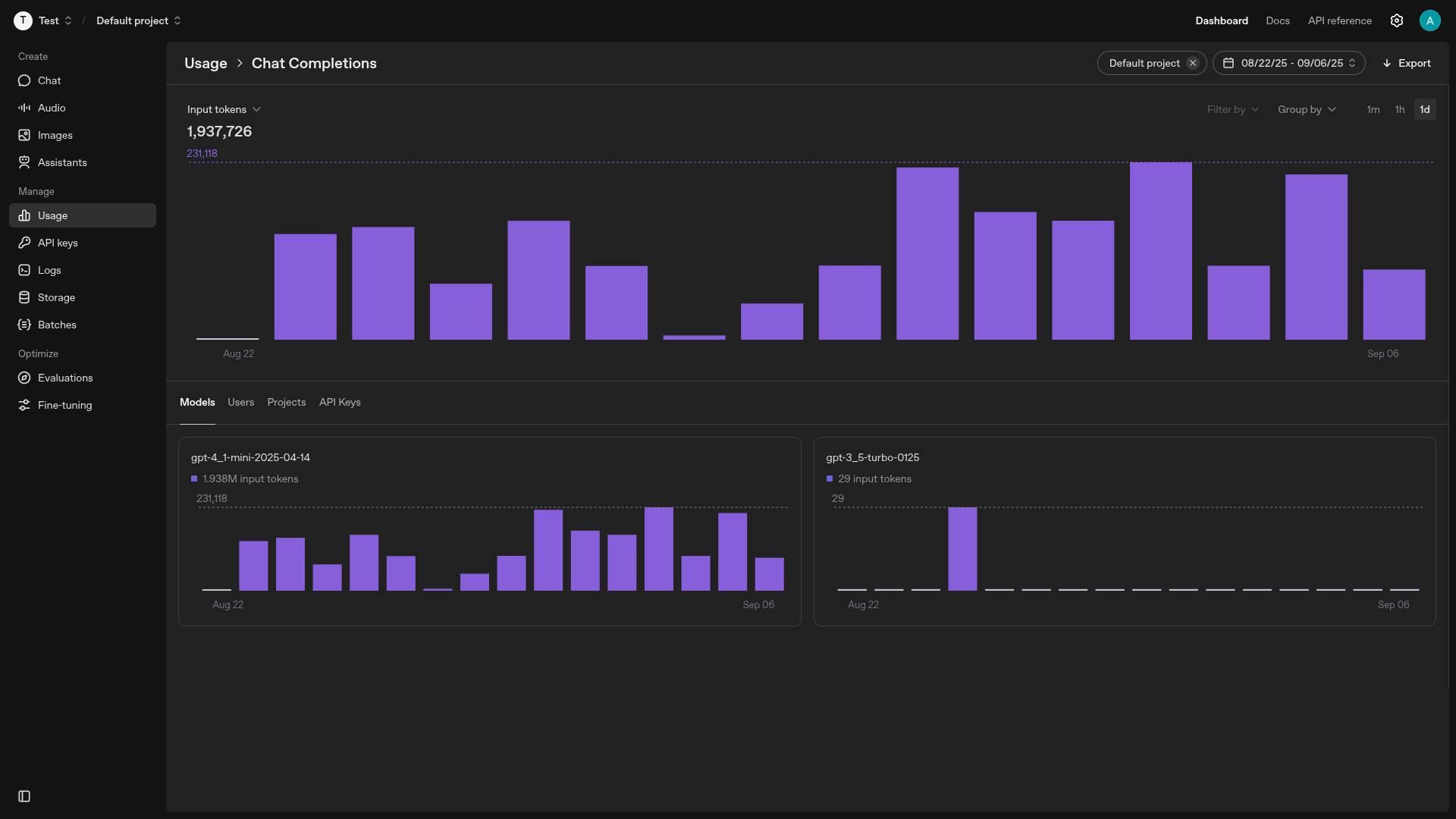Remember when ERP updates arrived annually, giving IT teams months to prepare? Those days are gone. Cloud ERP vendors now push quarterly updates as “continuous innovation,” but they’ve created a testing crisis that’s breaking IT teams globally.
The numbers are stark: 85% of organizations now lean more heavily on SaaS applications than previously, while 79% are shifting from on-premise to cloud-based alternatives. This mass migration isn’t just changing where software lives – it’s fundamentally altering business technology rhythms. Where annual updates allowed thorough testing cycles, quarterly releases have compressed timelines to breaking point.
The cruel irony? While vendors celebrate agile release schedules, they only test vanilla, out-of-the-box products. Your configurations, customizations, integrations, and real-world data scenarios? That’s your problem. Infor only tests their standard product, not your configuration or customizations – a reality across virtually every major ERP vendor.
This creates the “quarterly update death spiral.” IT teams drown in regression testing backlogs, using manual approaches designed for annual updates to handle quarterly demands. The math doesn’t work: if manual testing for annual updates took two months, doing this quarterly would require eight months of testing annually – impossible.
Consequences are predictable and painful. Teams cut corners, skip test cases, or delay updates, creating security vulnerabilities while missing legitimate improvements. ERP implementation failures can trigger significant financial impact, with some companies experiencing 19% quarterly profit drops.
But there’s a plot twist. Forward-thinking organizations are discovering that technology disrupting traditional testing can also solve it. Test automation platforms designed for ERP environments are transforming quarterly update nightmares into competitive advantages.
The Original Software Platform manages, captures and automates end-to-end testing in one place, turning months-long manual processes into continuous automated validation. Instead of scrambling before quarterly deadlines, smart IT leaders build testing ecosystems that validate changes as they happen.
Modern ERP testing isn’t just about the ERP system itself. Business processes rely on multiple applications working together, requiring platforms that test everything with unified tools – from ERP to web applications. When CRM talks to ERP, feeding analytics platforms that trigger workflow engines, traditional testing approaches collapse under complexity.
Companies getting this right aren’t just surviving quarterly updates – they’re thriving because of them. They confidently deploy new features while competitors struggle to determine if updates broke anything. They’re gaining competitive advantages from vendor innovations while others treat updates as necessary evils.
What this means for ERP Insiders
Embrace codeless automation or fall behind. There will always be a need for some manual testing when new features and functionality need validating. However, everything else in the business processes can be tested automatically to check they’re still working as before. Regardless, traditional coded automation isn’t the long-term answer. Codeless testing platforms allow teams to build comprehensive test suites without development overhead, enabling faster adaptation to quarterly updates. Original Software customers report 80% reduction in testing cycles while achieving 95% test coverage across integrated systems. Start now: evaluate codeless automation platforms within 90 days, focusing on ERP-specific capabilities rather than generic tools.
Build cross-application testing capabilities. Modern ERP ecosystems are interconnected webs of applications, APIs, and data flows. Monthly CloudSuite updates bring operational risk, requiring testing across entire tech stacks. Original Software customers typically manage 15-20 interconnected applications through a single platform, reducing coordination overhead by 60% compared to tool-per-application approaches. Map your complete application ecosystem and identify critical integration points that quarterly updates could disrupt.
Shift to predictive testing models. Quarterly updates demand fundamental shifts from testing after changes to testing before impacts occur. Advanced platforms plug into application heartbeats, knowing system speeds and upcoming changes, enabling predictive rather than reactive approaches. Organizations using Original Software’s “busy sense” technology report 70% fewer production issues and 90% faster resolution when problems occur. Implement continuous monitoring and automated test triggering based on system changes, not calendar schedules.










